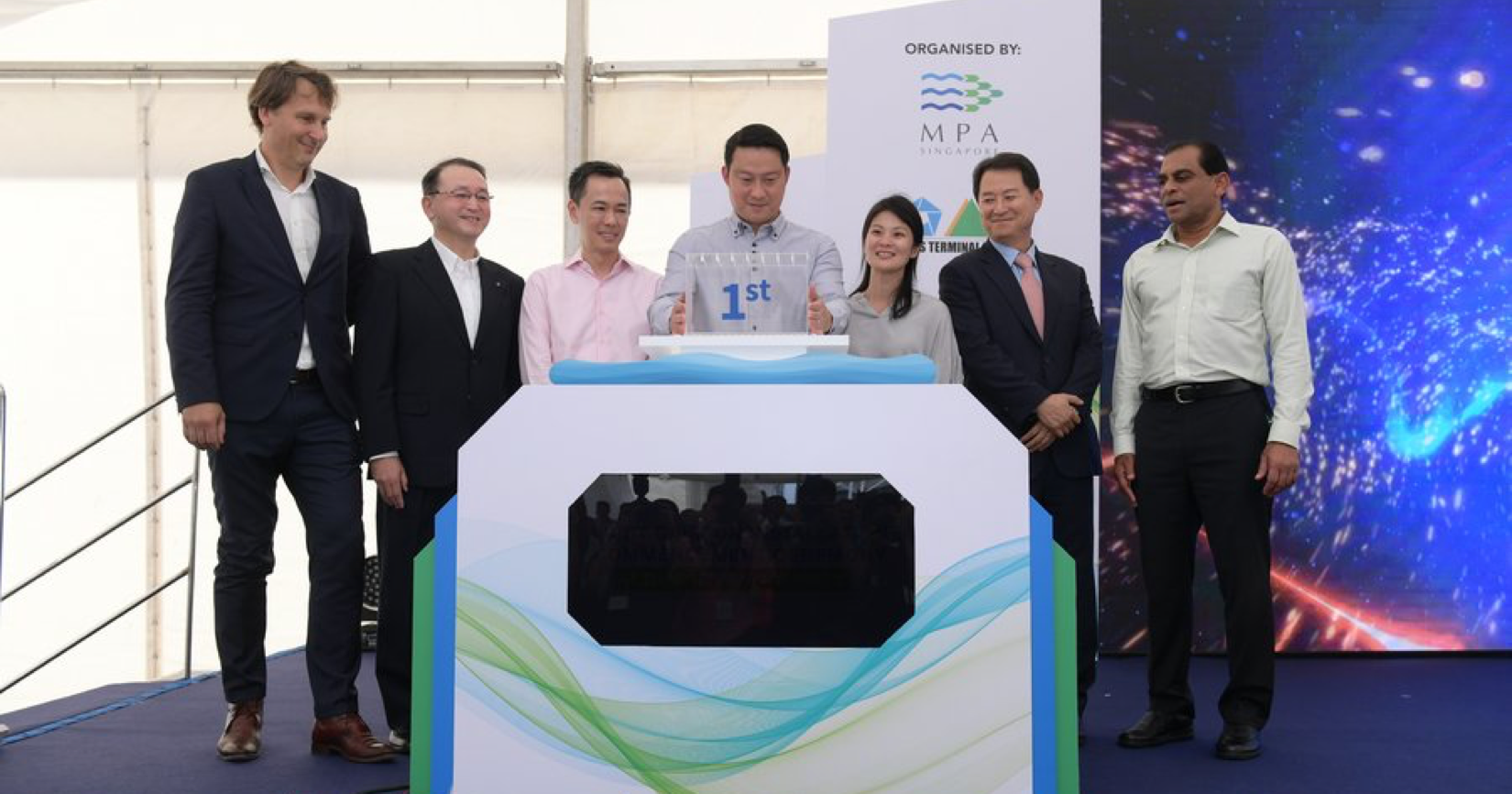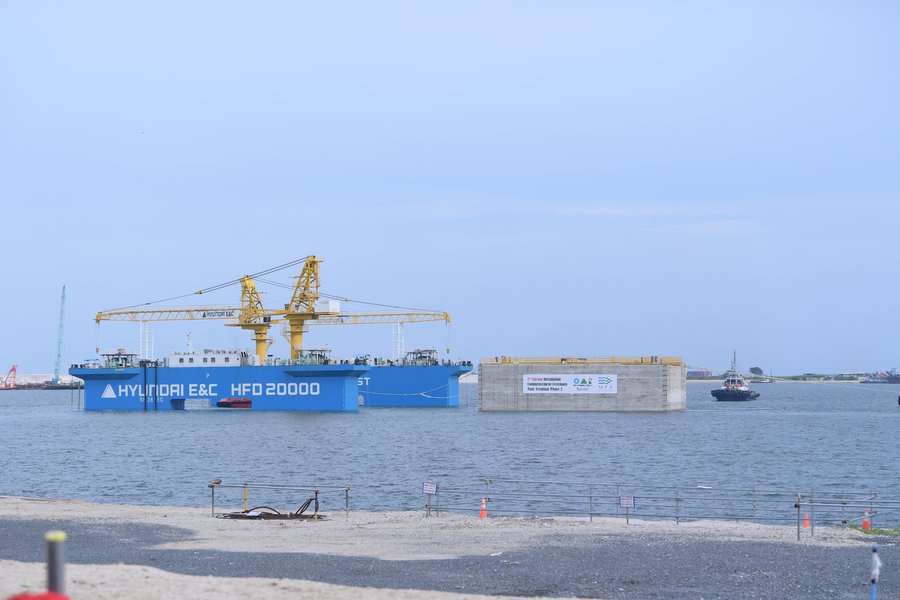The Maritime and Port Authority of Singapore (MPA) announced on July 4 that the development of Tuas Next-Generation Port Phase 2 has officially kicked off.
A ceremony was held, with Lam Pin Min, Senior Minister of State for Transport and Health in attendance, to mark the reclamation of Tuas Terminal Phase 2 with the installation of its first caisson.
A caisson is a large, watertight container that allows engineering work to be conducted under water.
Mega port
Phase 2 is the largest of four planned phases, clocking in at 387 hectares.
Tuas Terminal will one day be the sole place for container operations in Singapore.
There are also plans for Tuas to have digitalised port processes and modern construction methods to improve productivity.
According to MPA: "All container operations in Singapore will be consolidated at Tuas Terminal by the 2040s. When fully completed, Tuas Terminal will be able to handle up to 65 million TEUs annually."
Did Mahathir ban the sale of sand to Singapore because he was upset?
The land reclamation for Tuas Terminal Phase 2 means that sand is needed.
Furthermore, this is the largest of four phases of land reclamation.
It appears that development of Tuas mega port is pressing on, despite the most recent sand ban issue reported in the media.
On July 3, Reuters reported that Malaysia had banned exports of sea sand to Singapore in October 2018.
Citing unnamed government sources, Reuters stated that Mahathir instituted the ban because he was upset that Malaysian land was being used to increase the size of its neighbour.
He was also reportedly concerned that Malaysian officials were benefiting from the sale through corruption.
Singapore's Ministry of National Development said it had multiple sources of sand and that it was encouraging the industry to cut back on its use.
Meanwhile, Mahathir’s press secretary Endie Shazlie Akbar confirmed that exports had been stopped, but denied that it was a move aimed at Singapore.
Instead, the ban was meant to tackle illegal smuggling of sand.
Ban on all sand exports, not just to Singapore
On July 4, there was another twist.
The Star reported that all sand exports had been stopped, not just to Singapore, echoing what Endie said to Reuters.
Malaysian Environment Minister Xavier Jayakumar said the "blanket decision" was made out of environmental concerns.
The New Straits Times speculated that the ban could throw a major spanner in the works for Singapore's reclamation plans, given that 97 per cent of our sand imports comes from Malaysia.
Sending a message
Which brings us back to Tuas.
The MPA press release was disseminated after Jayakumar's comments had been reported by the media.
There are two observations to be made from Jayakumar's comments and the MPA press release.
Firstly, by Jayakumar publicly stating that the ban was not aimed at Singapore, the issue of sand exports will not flare up into a bigger problem between the two nations.
Secondly, by MPA announcing that Phase 2 of the Tuas mega port is proceeding without major disruptions, Singapore is demonstrating that our major projects will not be hindered.
Even if the largest supplier cut her off, Singapore still managed to find alternatives, either by getting sand from somewhere else, or finding a way to cut back on the amount of sand needed for the reclamation.
It sends a message to whoever may be watching -- Singapore will, in Lam's words, "continue to press on" with its own development despite external challenges.Related stories:
Top image from MPA.
If you like what you read, follow us on Facebook, Instagram, Twitter and Telegram to get the latest updates.

